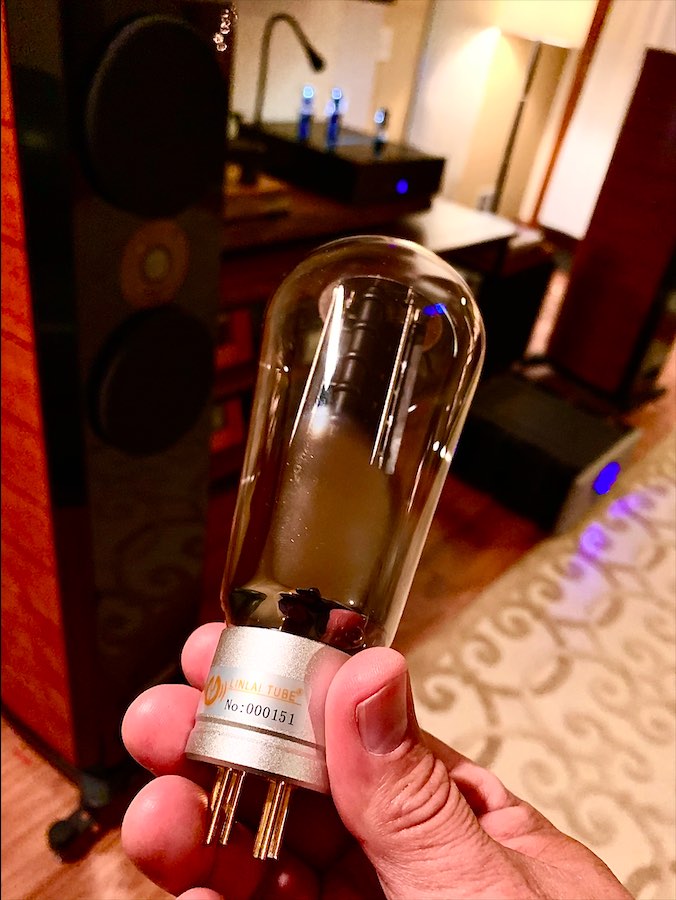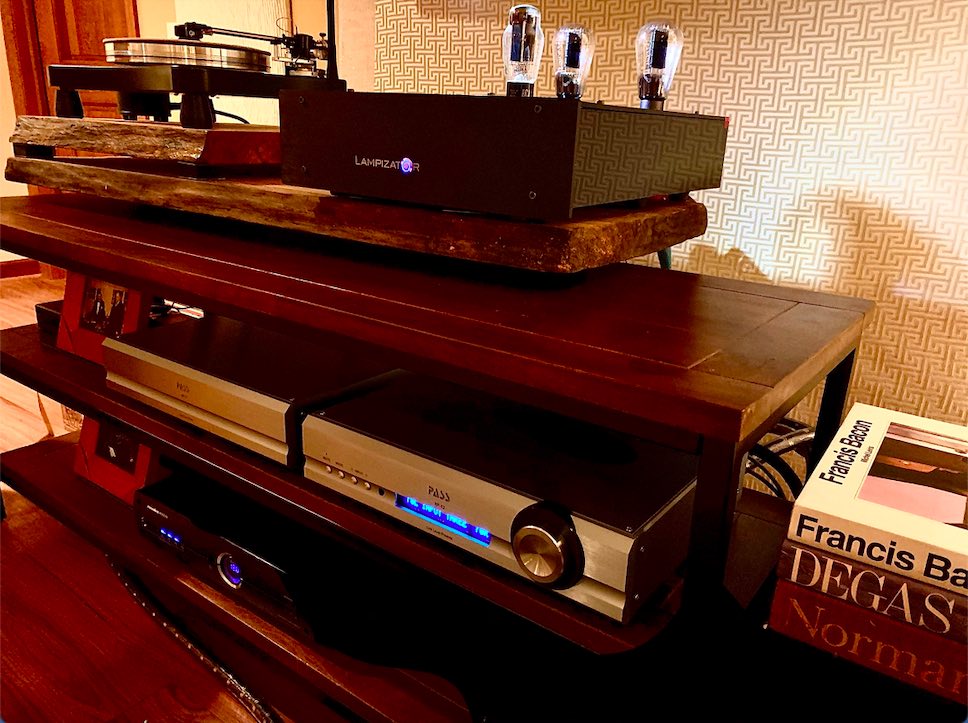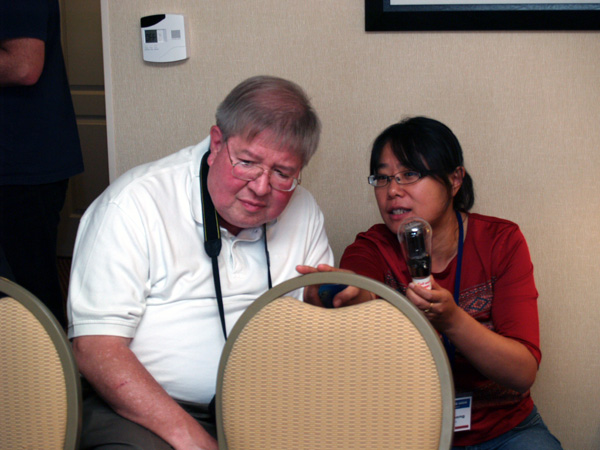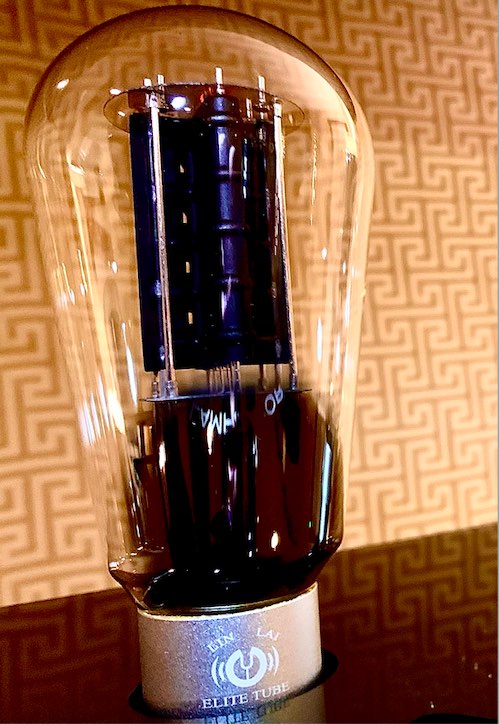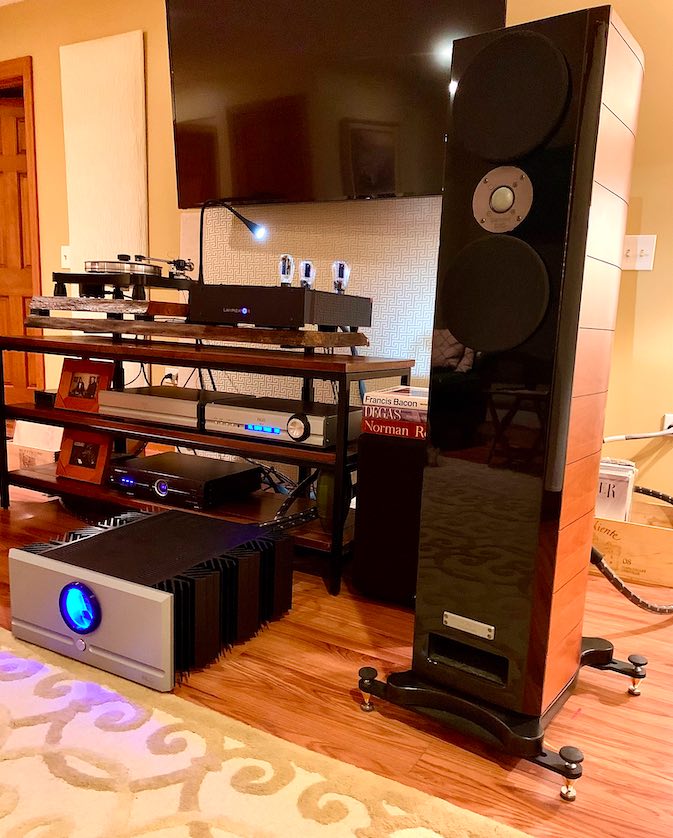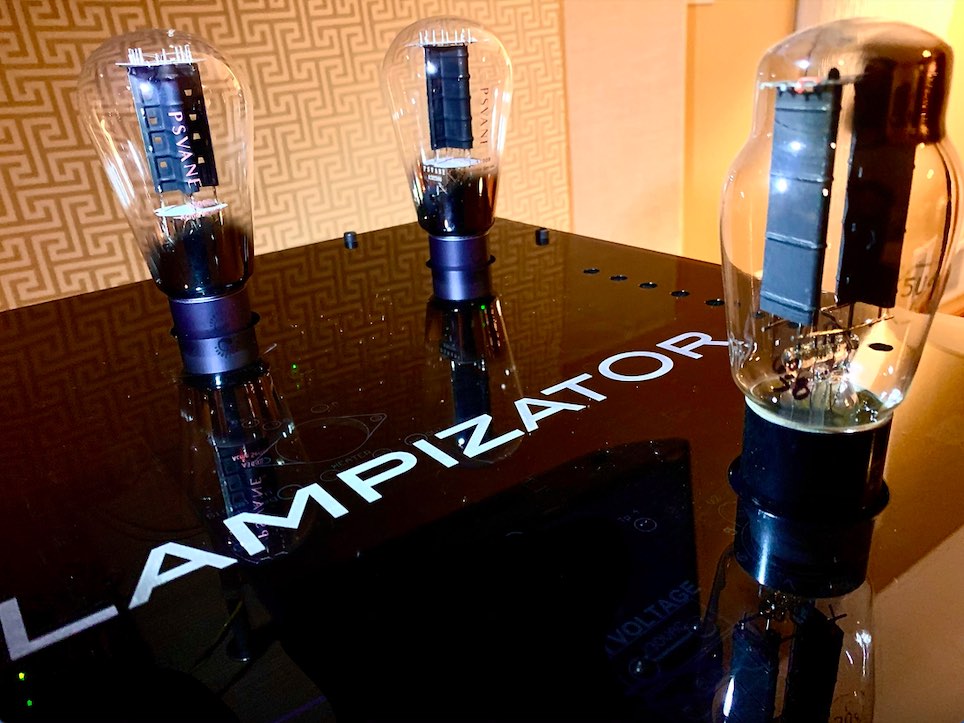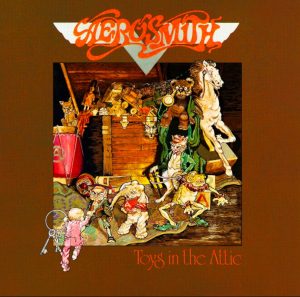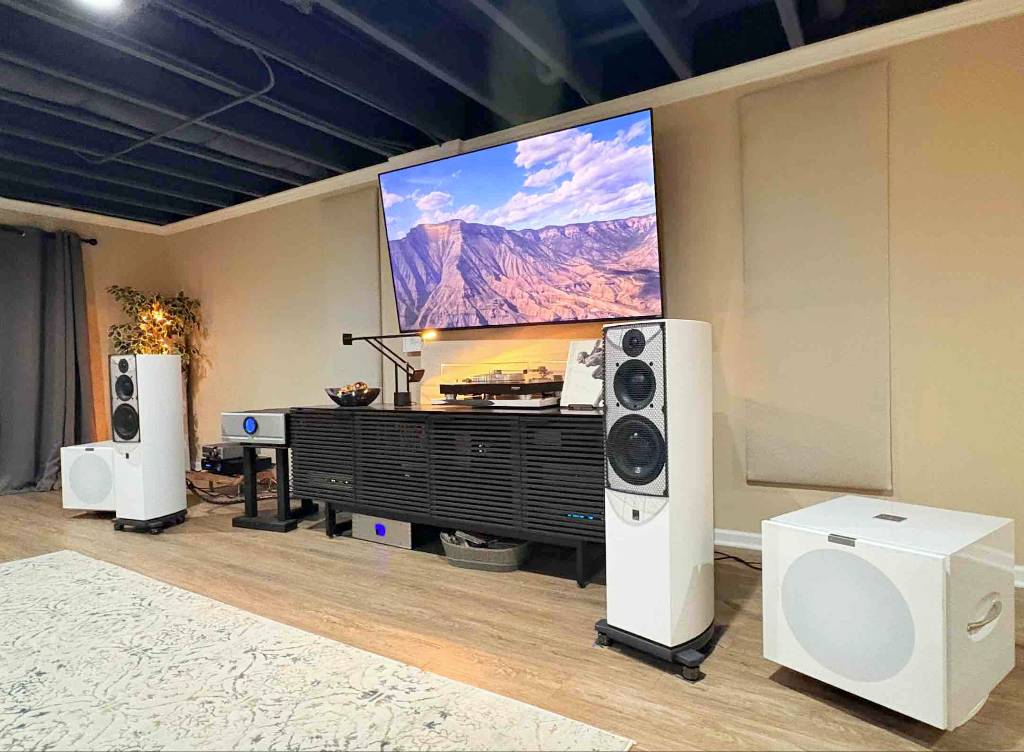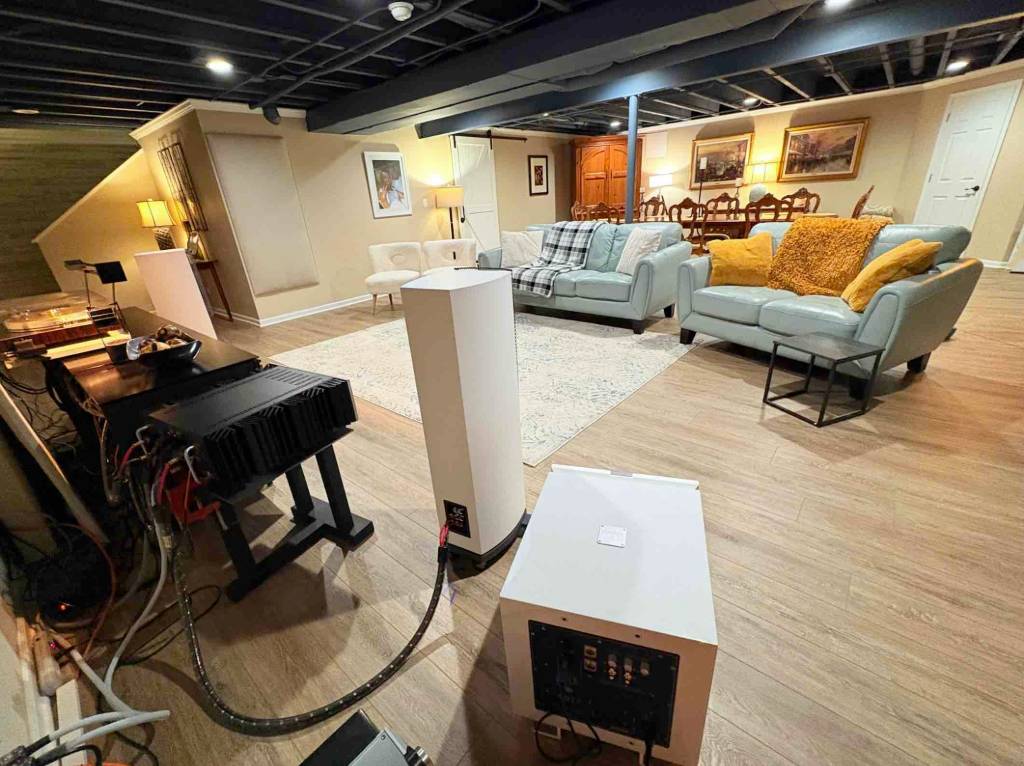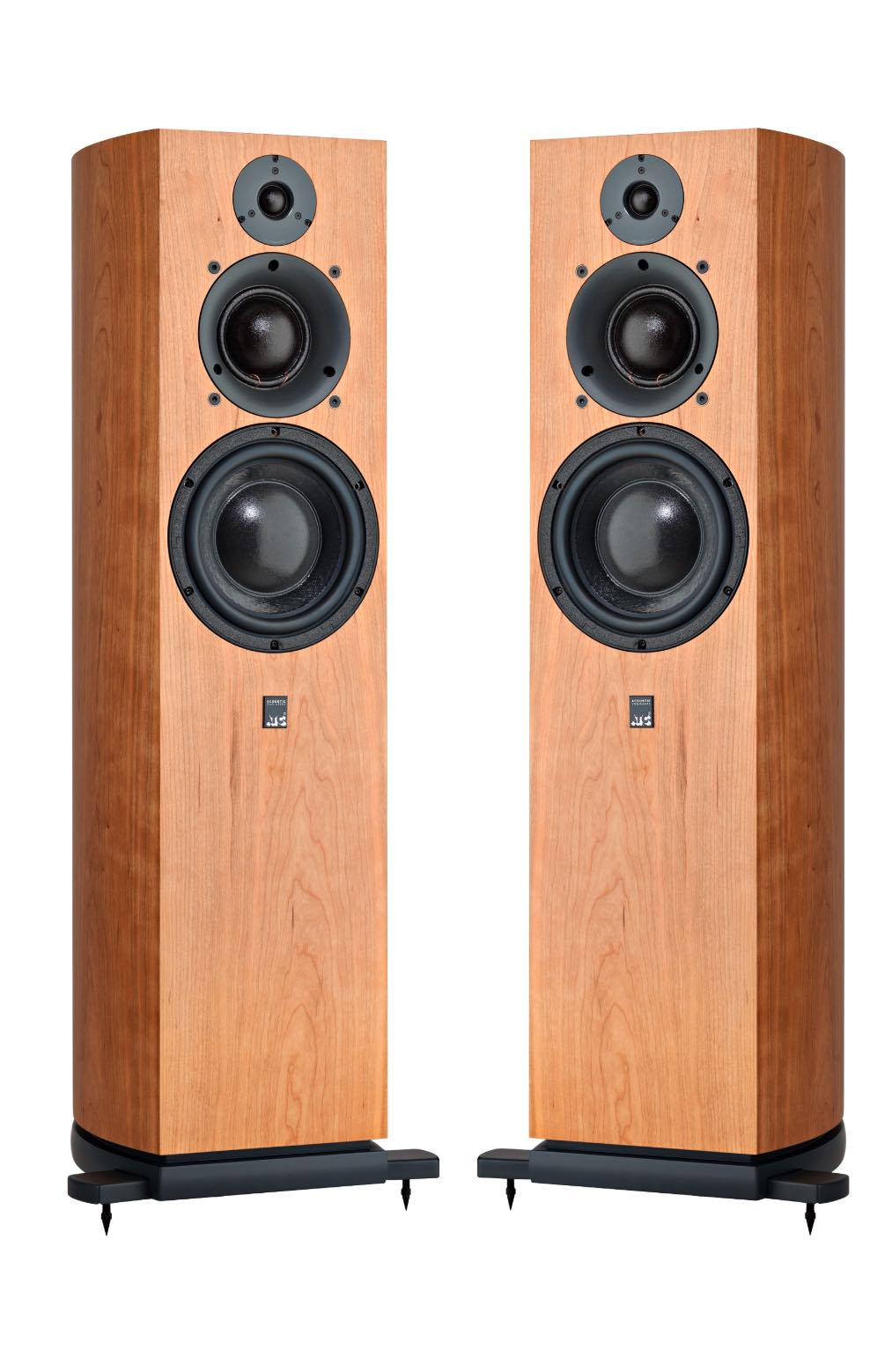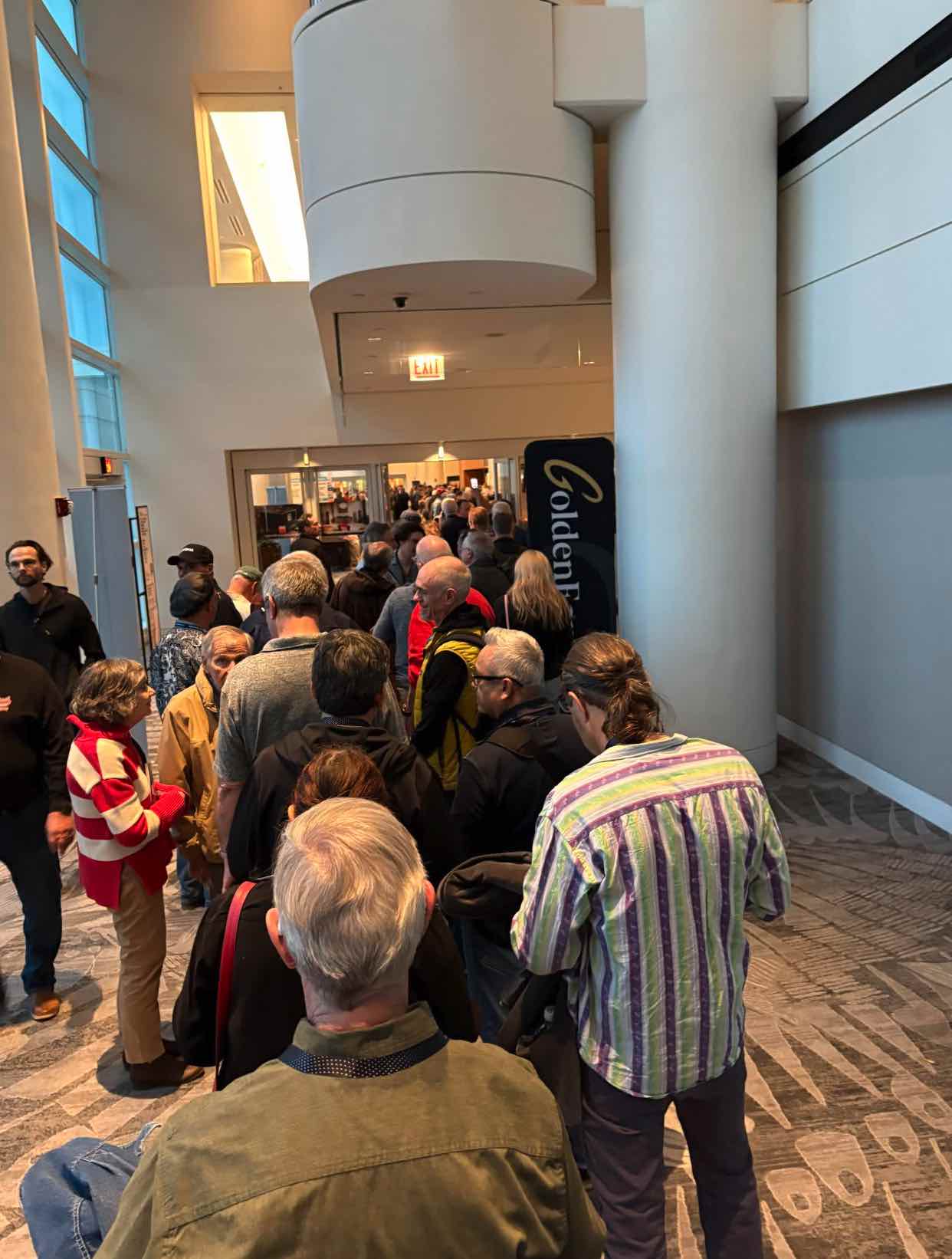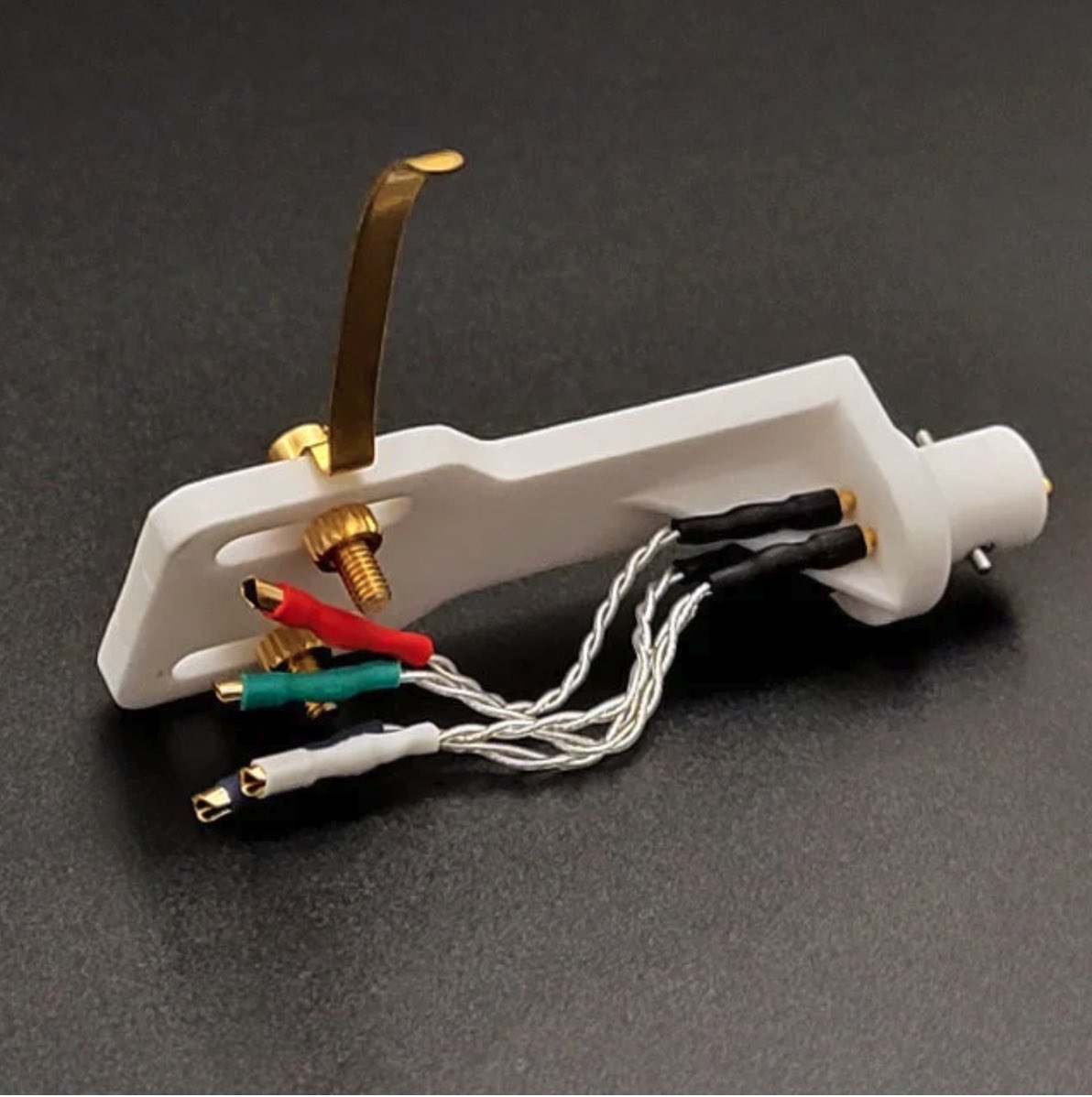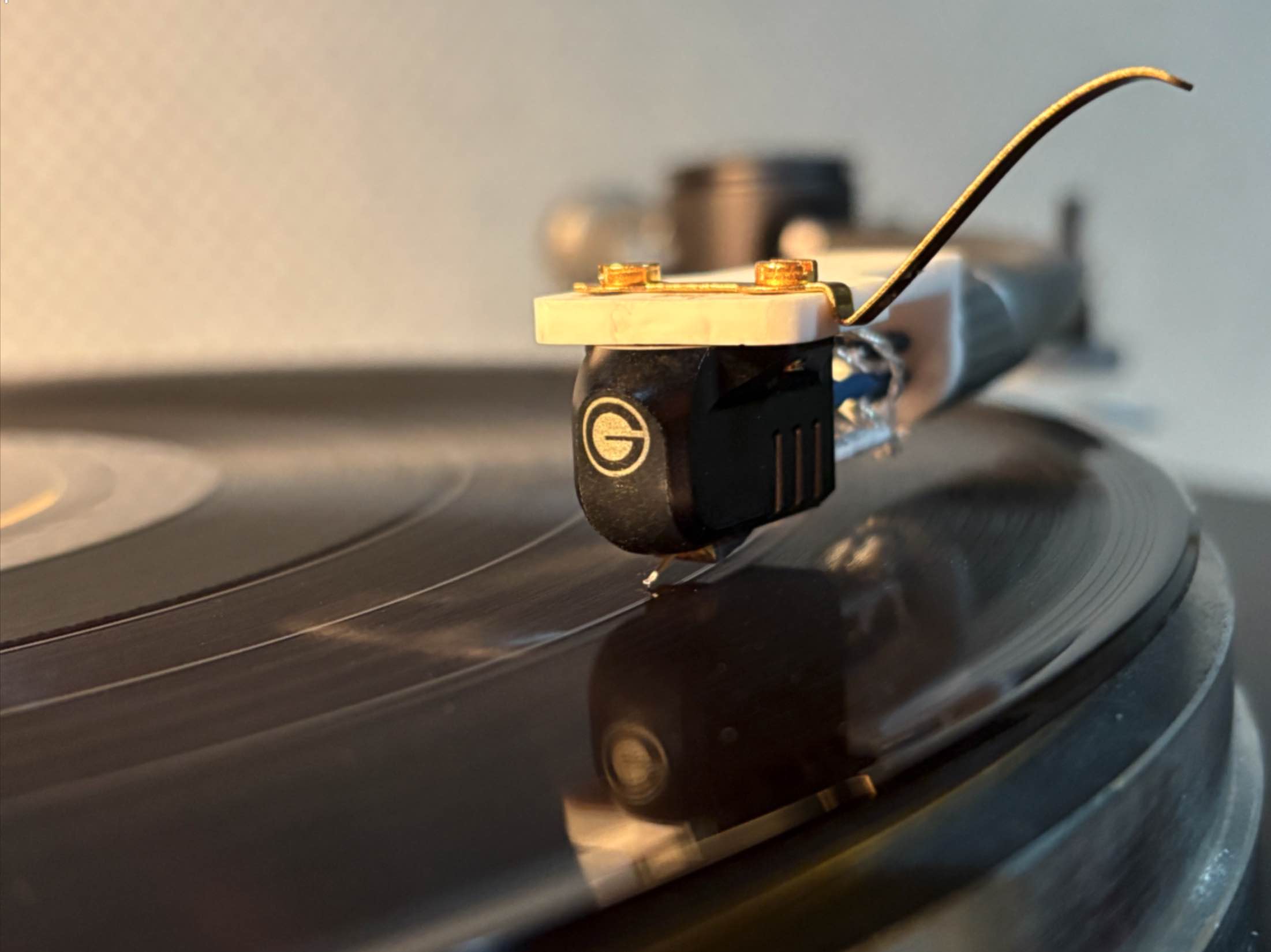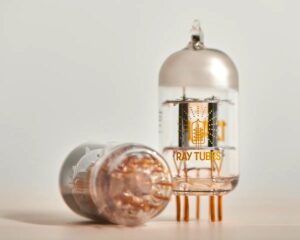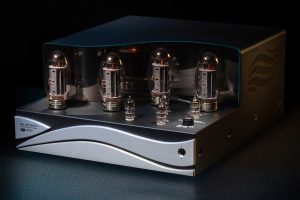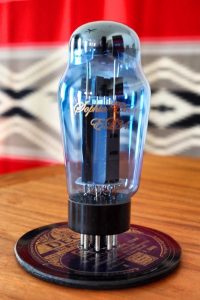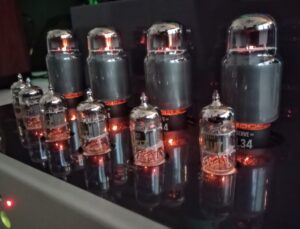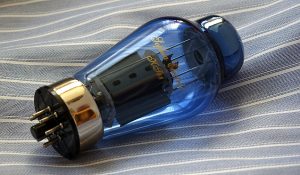Most tube electronics enthusiasts are content to live with the stock tubes chosen by the manufacturer.
And yet for others, comparing various types and grades of vacuum tubes into audio equipment poses an endless point of fascination, as they impart different qualities on signal passing through them, thus affecting the listening experience; some are more lush and full bodied, while others are leaner, more delicate, and musical. "Tube rolling" is the name given to this pastime.
While this can be a thrilling pursuit, I caution you to consult your owner's manual or tube equipment manufacturer or agent before indulging. They may have experience, precautionary knowledge, and feedback not found on Facebook and other online resources.
Early on I used to employ a pair of old RCA 45 tubes in the output stage of my Lampizator Big 7 Mk1 Digital to Analog Converter that delivered a very lovely, detailed and delicate, euphoric presentation through the midrange, but was a little light on the low end; I eventually switched to a pair of Shuguang 300B 98B mesh anode tubes for their bolder and beefier delivery.
The Big 7 has a devout following—many of whom are zealous tube rollers (there's actually a Facebook page called LampizatOr Big 7 Tube Rollers Group dedicated precisely towards that end). However, as my 300B tubes retail for under $200 a pair, I am simply interested in the impact of rolling in two higher performance tubes approaching $1000 a pair—the established Psvane ACME 300B and the relative newcomer, Linlai E-300B.
Grant Fidelity, a Canadian firm specializing in factory direct drop shipping of "affordable Chinese HiFi" audiophile gear and vacuum tubes based out of Alberta, Canada, is more than happy to accommodate my request and ships out one pair of each.
An Importers Viewpoint
Rachel Zhang, at right in 2010. Photo courtesy of Dave and Carol Clark.
Grant Fidelity Owner, Rachel Zhang, recently addressed customer inquiries about Linlai versus Psvane vacuum tubes at their website (you can read it HERE). First, while acknowledging that Psvane has an established track record in producing high quality vacuum tubes for the "worldwide audiophile upgrade market" going back to the "Treasure Black Bottle" series in 2008, Linlai, led by former Psvane Production Vice President S.J. Lee, hired ex-Psvane design team engineers to form its new company circa 2019, enabling them to compete at a high level right out of the gate.
"We have absolute confidence in the late newcomer Linlai's design ability to pump out GREAT HiFi tubes," she says.
Zhang also suggests that a difference in focus may have helped Linlai achieve parity with Psvane's high end offerings.
"When business grows, they...tend to increase their offerings to cover more market segments to increase revenue. Psvane indeed have taken the golden opportunity to expand and fill in the void left by Shuguang tube factory's shutdown in 2019 due to sale of land and relocation, and Psvane has set the stage for expanding into the mass production guitar amp market, which mostly use small signal tubes and EL34/KT88/KT66, et cetera. Large triode tubes such as 300B/845 tubes are mostly used by HiFi market and are not the focus of the guitar amp musician market."
Thus, while Psvane's current tubes like ACME are widely regarded as "great tubes," Grant Fidelity is confident that Linlai is pulling even by solely focusing on HiFi tubes.
As a point of comparison, Grant Fidelity randomly measured 28 vacuum tubes and measured the plate current on an Amplitrex AT1000 tube testing system and, Zhang noted, "We saw less deviation from Linlai™ measurements than from Psvane."
What does this all mean? While both are excellent, it suggests that even as a relative newcomer to the market, Linlai's tubes consistent measurements suggest that they are very competitive with Psvane.
Moreover, both Psvane and Linlai offer a much much better warranty term than the state-owned Shuguang brand, Zhang maintains, adding that they are changing the reputation of "Made in China tubes." (HERE)
"The late newcomer Linlai, offered a "match Psvane, plus 90 days' warranty campaign to offer buyers an extra layer of peace of mind for the unexpected incident," she asserts. "Buyers are not exposing themselves to the unknown risk with a newer tube brand."
On Linlai's vacuum tube construction, she points out, "The E-series with molybdenum material produces a much stronger electron emission than other types of plate material such as graphite or hybrid plate, and sustains higher voltage. This translates to more dynamic sound, better reliability and longer tube life. DG overhang filament series achieves better vibration control than other filament structures. The unique E-101D with mesh or solid plate has a more optimal grid current to reduce chances of early failure and distortion. All these features, we trust that they are evident to well trained audiophile ears."
With Grant Fidelity's experience in importing high quality tubes from China for over a decade, she assures that music lovers and audiophiles all over the world can buy with confidence in choosing from either of the two brands.
"As a high end audio system owner, you can start with either brand to experience high fidelity sound in various forms," she concludes.
Listening Comparisons
Both review pair samples are brand new, carefully tested with stringent parameters, and require at least 100 to 150 hours to fully burn in before my evaluation. Right out of the box, they sound quite good in the tube output section of my Lampizator Big 7 DAC —certainly more detailed and luxurious sounding than my Shuguang 300Bs—but take long hours before they fully open up. Finally, after several weeks of playback time for each pair, it's time (by the way, you can see a list of equipment used by clicking on my name in the byline).
Brian Bromberg, "The Saga of Harrison Sagfeathers." Wood. AIFF 44.1kHz 16-Bit.
The Psvane ACME 300B is a macro lens, channeling Bromberg's double bass into the room vivid and intimate—taut, packing detail and weight, capturing the meaty, deft-plucked notes up and down the scales, the ringing and decaying notes floating about in the aftermath. The drumstick strikes on David Bromberg's shimmering cymbals and Randy Waldman's brilliant piano follow up lead—full, almost etched—are articulated and resolved with pinpoint precision in real space. There's a nice balance and detail ranging from the low bass, on up through the mids and highs.
The Linlai E-300B sounds similar in tone, but seems to be just a touch pulled back in comparison. If the ACME 300B is a macro lens, the E-300 a standard one; the ACME is ever so slightly bolder, crowding into the intimate space, and approaches hyper detail while Linlai is more recessed, organic, and respectful of personal space. For example, the piano hammer strikes no longer have the delineated edge, but sound slightly more rounded than with the ACME. Moreover, the E-300 is not quite as focused at the top end, and doesn't seem quite as heavy—or as punchy—in the bass region. That said, the cymbals' sizzle is more notable here, but not in a glaring kind of way.
David Crosby "Woodstock." Here If You Listen. Qobuz FLAC 88.2kHz, 24-Bit
With the Linlai E-300B, David Crosby's acoustic guitar and his, Michael League's, Michelle Willis' and Becca Stevens' vocals are extremely clear, vivid and very palpable in Crosby's "Woodstock." With the ACME 300B, while very detailed, Crosby's acoustic guitar and voice has more low end weight, as do the other vocals.
Hector Belioz, "Symphonie Fantastique." Symphonie Fantastique; Reveries; Passions. FLAC 44.1kHz, 16-Bit.
With Hector Berlioz and the Cleveland Orchestra's rendition of "Symphonie Fantastique," both the ACME and Linlai deliver the strings, woodwinds percussion, and performance both with equal aplomb—capturing delicate detail, depth, and rich timbre of the performance with the former yielding perhaps a touch more weightiness in the low end, while the latter presents a slightly airier, more atmospheric aural image.
Aerosmith, "Walk This Way." Toys in the Attic. DFF DSD64.
The Linlai E-300 renders the snare, cymbals, the whaling lead guitar, Steve Tyler's vocals and—yes—the cowbell in all its glory with crisp detail, grunge, slam, and weight in Aerosmith's "Walk This Way," while the ACME dials up the treble a smidgen, yielding vocals and instruments with a slightly tighter focus and edge.
All said, the differences are a matter of degrees. Within those constraints, the Linlai leans a tad drier, while the ACME spices it up a touch, yielding a slightly wetter, more muscular image. If vacuum tubes were wine, the Linlai would be a sophisticated French red Bordeaux blend from the Left Bank of the river Garrone in Bordeaux, France, while the ACME would be a top shelf Cabernet Sauvignon from California's Napa Valley served in posh steakhouses.
Don't get me wrong; both the Linlai E-300B and the Psvane ACME 300B render rich, well-balanced presentations, and if I were not making conscious A to B comparisons, it would be easy to miss the differences. And, either vacuum tube will deliver luxuriant listening pleasures worthy of the most discriminating audiophile, enhancing high end tube gear performance and pairing them nicely with highly resolving components like the Pass Labs XP-12 preamplifier or X250.8 amplifier for a spectacular aural finish. Happy rolling!
Linlai E-300B
Retail: $899/pair
Psvane ACME Supreme 300B
Retail: $955/pair
Grant Fidelity, Inc
Linlai Tube Factory
Psvane Tube Factory




